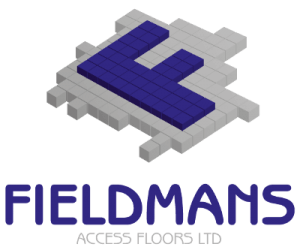We have talked a lot about why raised flooring is important and looked at the various uses it can have in a wide variety of settings and spaces over the last few months. For a quick update, take a look at our latest news pages. This month we consider the different heights that are typically found on the market to help you determine which one may be most appropriate for you and your business.
The types of raised flooring
There are two types of raised flooring:
- Low access floor – typically of a height of less than 6 inches
- Traditional or standard floor – anything higher than 6 inches and usually significantly higher
What are their uses and how do you choose between them?
There are a few simple rules of thumb that can help.
- Low access floors are mostly found in offices, call centres, and retail areas. They are used to run cabling and wiring keeping it out of the way, but easily accessible should repairs or replacements be necessary. Under-floor air flow is not usually required and the low height would preclude it. The type of flooring used does not need to be particularly heavy-duty, keeping costs manageable.
- Traditional floors are used for those spaces that need to incorporate airflow – such as data centres, electrical rooms, factories with production lines – as they will need to be higher to include both the cabling systems and allow a clear flow of air to prevent overheating. The flooring height can vary significantly and will depend on what you are planning to use it for and how; your flooring contractor or engineer can advise on what this is likely to be.
Once you know which type of flooring height you need to consider, there are a few other factors to bear in mind before getting down to specifications. These include:
- The likelihood that your requirements may change over time. It is more cost-effective to make an allowance for an increased need for space early on than to try and re-design it later on as your business expands and you need more cabling or piping (and any airflow requirements that may come with that).
- Acoustics. The higher the raised floor, the greater the difference it makes to the acoustics of your space. You are not only altering the size of the space you are using, but you are also creating an additional space for sound to travel through under the floor. If you are working in an area where noise can be an issue then this is something that must be taken into consideration; your flooring height may need to be altered or you may have to consider sound-proofing.
- A traditional floor, due to its height, will be more rigid and less flexible. If your space has any curves or angles to it installation could be trickier and more expensive to get right.
For advice on how to design your raised flooring, including advice on the pros and cons of each type and how it relates to your business, talk to our team of experts at Fieldmans Raised Flooring. Call us on 020 8462 7100 for an initial discussion or to book an appointment.
